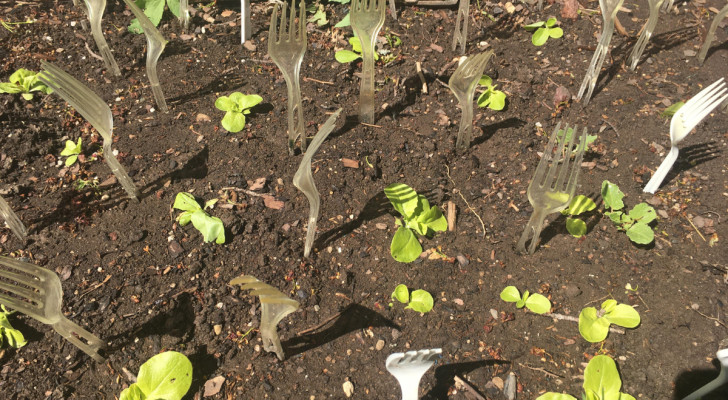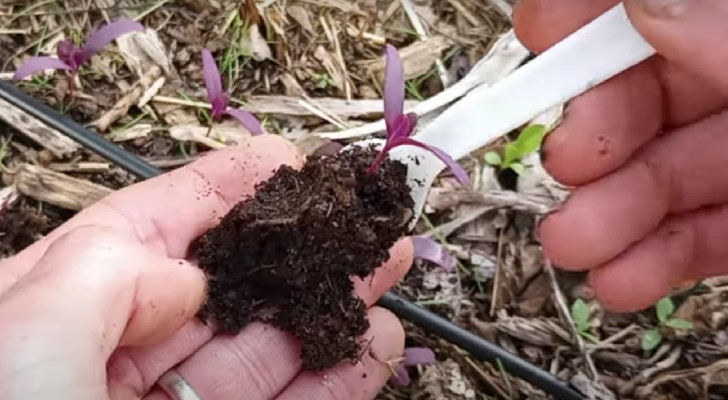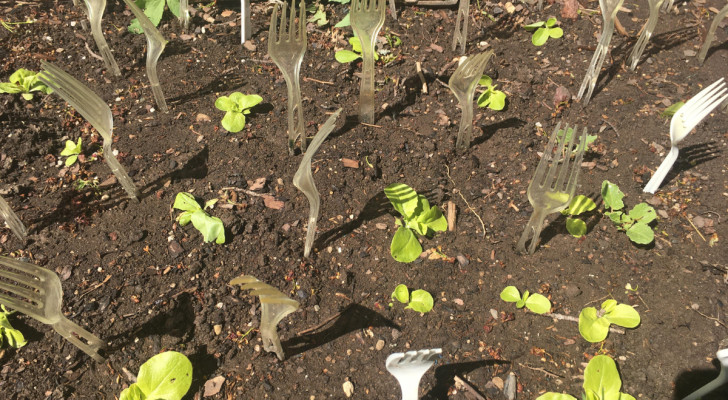Has the time come for you to transplant your seedlings? Try following this useful advice

For your garden, you can choose between purchasing already fully-grown plants or to grow them from seedlings. If you have grown your own and have a crop of seedlings, now is probably the time to transplant them into a larger pot to ensure they keep growing properly.
Transplanting your seedlings without using any decent tools may not be a good idea, as pulling them up with your hands could damage the young plants.
So how do you go about transplanting seedlings properly? Well, read on to find out more:
Transplanting seedlings with a fork

Evenmore: Eden Restored/YouTube
To transplant your seedlings at the right time, you must wait until the first leaves have completely formed and the roots have grown out sufficiently; generally, the right time is when you see the roots protruding from the containers.
There are a few simple steps to follow to prepare for transplanting:
- The day before the transplanting, water the soil so that it will be easier to work;
- To extract the seedling from its pot, use a fork (recycled plastic forks are fine); carefully insert the fork into the soil immediately beneath the seedling;
- By gently lifting the fork, you will extract the seedling together with a small clod of earth, maintaining the integrity of the roots and the stem;
- Handle the seedlings delicately, holding them by their leaves rather than their stems;
- After transplanting, water the seedling and place it in a dark spot for two days to give it time to recover.
Forks in the garden

Using a fork for gardening can be useful for two main reasons:
- Being equipped with prongs, a fork penetrates gently into the soil, with mimimal risk of causing damage to roots;
- Additionally, using a plastic fork (rather than a metal one), helps reduce waste by recycling an object that would typically be thrown away. And plastic forks are much less likely to damage your seedlings during the transplanting process (and other gardening tasks).
The usefulness of forks in a garden does not end here: many gardeners insert forks into the ground, tines up, around their plants. This practice has multiple advantages:
- By moving/displacing the soil, this allows for aeration and facilitates the penetration of water into the ground;
- It helps to keep birds and parasites away from the plants - and will do so without harming the creatures;
- Finally, the use of the fork serves to improve the quality of the soil, since they stimulate biological activity.
Do you have any forks to spare for your gardening?